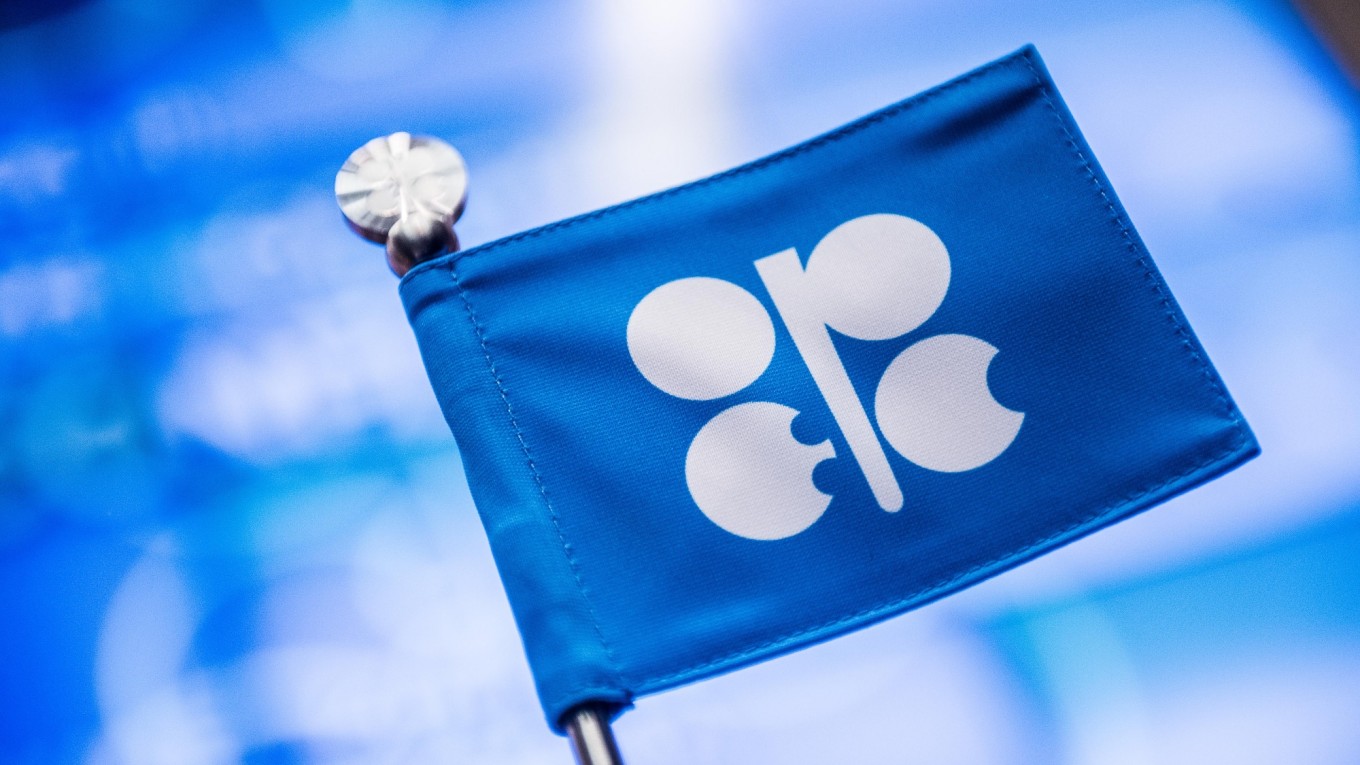Popular Reads
Top Results
Can't find what you're looking for?
View all search resultsPopular Reads
Top Results
Can't find what you're looking for?
View all search resultsOPEC, truce may give oil the lift it needs
Change text size
Gift Premium Articles
to Anyone
O
il markets are primed for a rally in the second half of this year after an easing of international trade tensions and extended production cuts by the Organization of the Petroleum Exporting Countries (OPEC) brightened the outlook for balances.
Throw in supply concerns from the thorny geopolitical picture in the Persian Gulf and prices could be about to bounce.
S&P Global Platts Analytics expects Brent crude to push higher this year, with prices expected to trade in the US$70-$80 per barrel range before the end of the year on greater likelihood of tighter balances, up from current levels just below $65 per barrel.
Rising seasonal demand, anticipated crude stock draws as refineries return from maintenance, as well as the looming deadline for ship operators to comply with tighter regulations on marine fuel specifications under International Maritime Organization 2020 rules will all support the market.
“Global recession fears appeared to have been allayed by the renewed dovishness by major Central Banks, spearheaded by the US Fed,” said Chris Midgley, global director at S&P Global Platts Analytics.
“Beijing policy makers look determined as usual to dispel any slowdown concerns, but latest economic indicators paint a rather worrying picture.
“Trade negotiations between [the United States] and China resumed at the G20 in Osaka providing reason for optimism.
“Brexit impact fears subsided lately with the [United Kingdom ]economy stabilized at a growth rate slightly above the Eurozone’s.”
OPEC has also played its part. The group and its allies led by Russia have agreed to extend 1.2 million barrel per day of supply cuts of for nine months. Meanwhile, the prospect of renewed trade talks between China and the US following the G20 should boost the prospects for global growth. This should help to support US crude exports heading into Asia. US oil shipments to China hit an eight-month high of 189,000 barrels per day (bpd)in May.
Vietnam and Indonesia have snapped up US crude for the first time. India plans to increase US crude purchases to plug the gap from Iran following the imposition of sanctions According to Saudi energy minister Khalid al-Falih, OPEC’s action in Vienna this month could help to prevent a 100 million barrel stock build accumulating during the Northern Hemisphere winter.
“More specifically, the nine-month duration indicates that OPEC+ will remain in wait-and-see mode longer [...] and raises the odds that they will stick to their pledged volumes through March,” said Paul Sheldon, chief geopolitical adviser for S&P Global Platts Analytics. “If the countries with the most spare capacity — Saudi Arabia, Russia, and the UAE — use their quotas as a ceiling in each month through March 2020, balances could tighten more [...].”
Iran’s bickering with the US and threats to the Strait of Hormuz have also kept the market on edge. These risks have added to costs for vessels passing through the Strait of Hormuz, which conveys about a fifth of world supply.
However, RBC Capital Markets expects Brent crude prices to average $69.50 per barrel for the rest of the year. “While we see room for crude prices to improve, underpinned by a plethora of geopolitical risk factors, we anticipate that rallies will be capped unless refined product demand improves,” wrote Michael Tan, commodity strategist at RBC Capital Markets in a recent research note.
“The market will likely oscillate within a range through the balance of the year.”
Platts Analytics expects weaker oil products demand in India and China to push down refined oil products demand growth in Asia — which accounts for some 55 percent of global demand growth — to 700,000 bpd in 2019, from 930,000 bpd in 2018, marking the weakest growth since 2014.
***
The writer is senior editor of Asia Oil News & Analysis.











